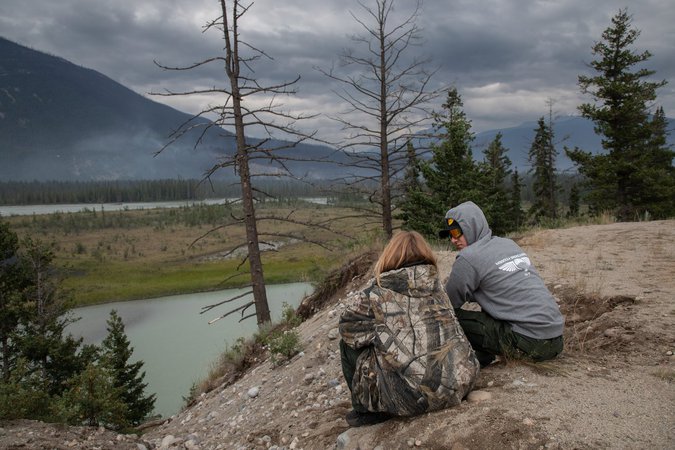
Animals, like those in Jasper, know how to dodge wildfires, say biologists
JASPER — Parks Canada wants everyone to know that despite the wildfire scorching Jasper National Park, Bear 222 is OK.
“She looks like a very healthy grizzly bear right now,” the federal agency said on a social media thread.
The bear, fitted with a radio tracking collar, has been followed since the blaze began last week.
“Grizzly Bear 222 and her two cubs tucked themselves into a wet spot by the Athabasca River.”


